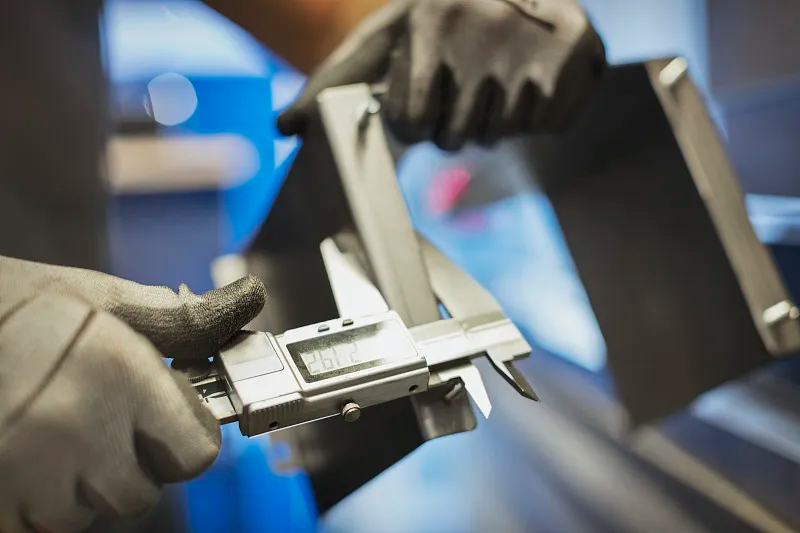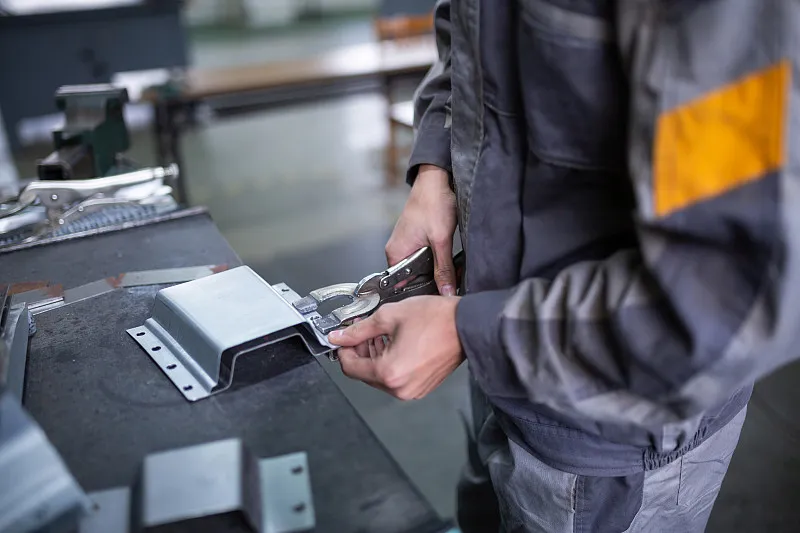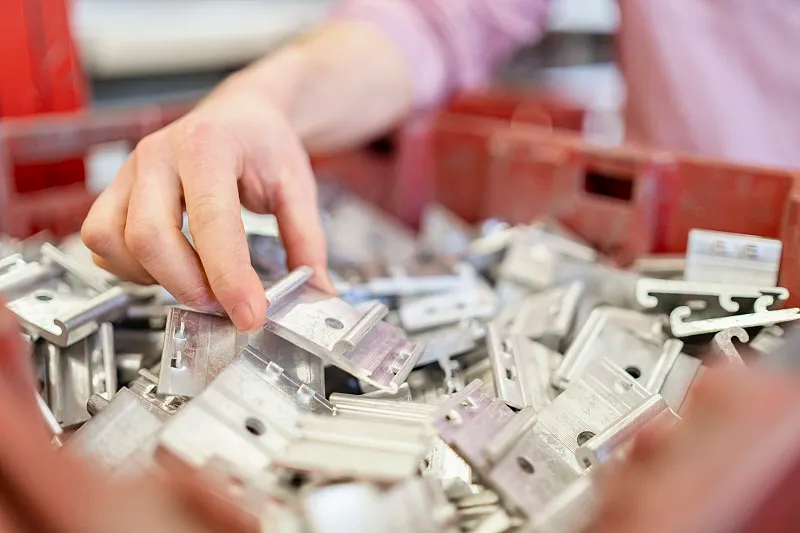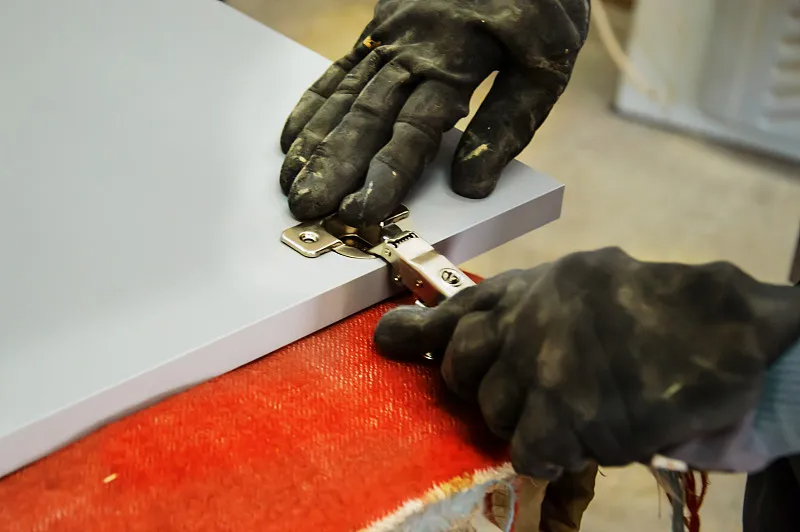Who’s Supporting China’s Global Competitiveness in Furniture Hardware Components?
On the global manufacturing stage, Chinese furniture hardware components are ubiquitous. From construction sites in the Middle East to furniture factories in Africa, from Southeast Asian furniture plants to supermarket shelves in South America, an increasing number of “Made in China” hardware tools and components are steadily flowing out of China’s borders and into the world.
So what exactly supports this massive export system and ever-increasing international competitiveness?
The answer isn’t simply “cost advantage,” but rather a massive, efficient, and resilient industrial ecosystem working quietly behind the scenes.

01 Manufacturing Side: Chinese Factories’ “Stable Output Power”
China possesses the world’s most complete and mature furniture hardware components manufacturing supply chain. From raw material procurement and component processing to mold manufacturing and packaging shipments, almost every production step can be efficiently coordinated locally. This not only significantly compresses manufacturing costs but also greatly enhances overall response speed and delivery efficiency.
This system brings three core advantages:
- High production efficiency and stable delivery times: Factory operations are mature, order processing is rapid, meeting global customers’ high requirements for timeliness.
- Strong customization capabilities to accommodate diverse needs: Whether minor specification adjustments or functional expansions, factories can quickly produce samples and implement flexible production.
- Complete supply chain with strong risk resistance: Raw materials and components don’t depend on single sources, maintaining stable supply even in complex external environments.
It’s precisely this “underlying system strength” buried beneath the surface that allows Chinese manufacturing to maintain a stable, efficient, and reliable image in global competition.

02 Product Side: High Cost-Performance and Continuously Upgrading Quality Standards
“Previously competing on price, now competing on quality.” This is the shared sentiment of countless foreign trade professionals and factory owners.
In the past, Chinese furniture hardware components gained recognition for being “good quality at low prices.” Today, “high cost-performance” is no longer just a synonym for low prices, but comprehensive competitiveness built on quality, design, and service.
In this round of industrial upgrading, more Chinese enterprises are actively transforming and advancing toward mid-to-high-end markets by:
- Investing in automation and intelligent manufacturing to enhance product precision and consistency while shortening production cycles.
- Focusing on design and user experience to launch differentiated products that better align with overseas market preferences.
- Strengthening quality management and service guarantees through international certifications and establishing after-sales service networks to build strong brand credibility.
These changes mean Chinese furniture hardware components are no longer “cheap products” but increasingly the preferred choice for overseas buyers seeking reliable suppliers and long-term partners.

03 Channel Side: A Group of Daring and Capable “Going Global” Forces
Supporting China’s global competitiveness in furniture hardware components, beyond factories and products, is a critically important group of “connectors”—foreign trade professionals, brand exporters, channel distributors, cross-border platform operators, exhibition organizers, and more—forming a massive and efficient overseas expansion network.
They exhibit three notable characteristics:
- Focused cultivation, understanding both categories and markets: Concentrating on one industry for years, they’re familiar with overseas customers’ purchasing habits and pain points.
- Adaptable with strong cross-cultural capabilities: Skilled in communication and negotiation, they can navigate different languages and regulations.
- Willing to invest with a long-term perspective: Continuously developing brand building, service systems, and local channels to create truly influential international operational capabilities.
It’s these “behind-the-scenes facilitators” who have helped Chinese furniture hardware components gradually shed the stereotype of “low-end processing” and establish brand reputation, premium pricing power, and negotiating leverage in an increasing number of overseas markets.

04 Platform Side: Exhibitions, Cross-Border E-commerce, and Industrial Parks “Building Bridges”
In today’s advancing globalization, various professional platforms are becoming important enablers for Chinese furniture hardware component enterprises “going global.”
From offline exhibitions and industry expos to cross-border e-commerce and industrial parks, more resources are converging to help enterprises connect with overseas markets and expand international channels.

These platforms play three key roles:
- Providing showcase windows: Creating face-to-face communication scenarios that enhance trust and willingness to cooperate.
- Opening circulation channels: Integrating transaction, payment, logistics, and other elements to improve cross-border efficiency.
- Empowering small and medium enterprises: Through training, data support, supply chain integration, and other means, helping more enterprises overcome limitations in scale and resources to achieve brand internationalization.
It’s these “bridge builders” who give small and medium-sized factories, previously unable to access overseas markets, opportunities and pathways to enter the international stage.
The rise of Chinese furniture hardware components in the global market has never been the brilliance of a single brand or the lone struggle of a single enterprise, but the result of the entire industrial ecosystem working together.
It’s factories quietly cultivating production lines, foreign trade professionals working through the night to process orders and track progress, channel distributors crossing time zones to reach every corner of the world, and exhibition platforms persistently building bridges and connecting resources year after year. They are the true foundation of China’s global competitiveness in furniture hardware components.
